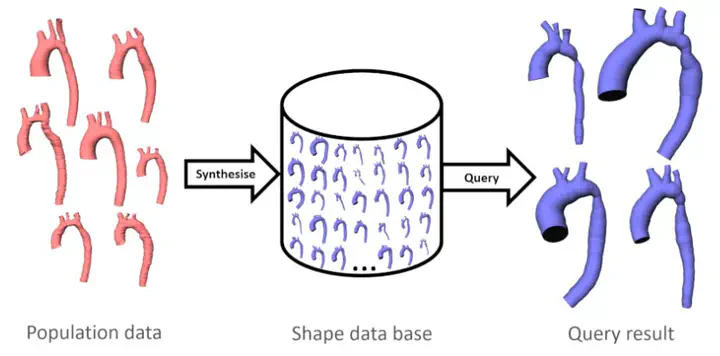Aortic Shape Synthesiser - Understanding Anatomical Variations of the Thoracic Aorta

Abstract
Population-based models of morphological variability are useful for automating medical image processing tasks, diagnosis, device and tool design, education and training as well as exploratory hypothesis formation in clinical research. We present a method to (a) generate such a model of the thoracic aorta, (b) explore the morphological characteristics of the underlying population in an intuitive visual and quantitative manner, and (c) correlate clinical parameters with morphological descriptors. With our approach one can synthesise new anatomically plausible aorta shapes, based on basic and intuitive parameter queries (e.g. shapes with a given stenosis degree and position).
Type
Publication
ESC Congress 2019